Have you noticed employees talking about their pay more? While once taboo, discussing pay is now the new normal. This shift to open communication and transparency reiterates the importance for organizations to have a proactive and transparent approach to their compensation strategy. The more visibility an organization has around decisions regarding pay, the greater opportunity for attracting, retaining, and engaging employees.
Why are employees talking about pay around the water cooler?
The pandemic changed priorities for many workers with employees now expecting more from employers. Employers are now expected to focus more on values alignment, work life balance, corporate social responsibility, belonging, physical and mental wellness and transparency.
A key factor in the need for transparency, is greater communication and visibility into decision-making, especially around decisions regarding compensation. When policies regarding pay are not effectively communicated, it can result in an employee mindset of distrust and disengagement. It might lead to a perception of being paid under market without fully understanding the financial positioning and compensation philosophy of the organization. We’ve all heard the catch phrases “quiet quitting” and “act your wage” — Employees feeling undervalued, working just enough to barely meet expectations, performing at the level they deem their pay warrants due to the perception of being compensated unfairly. These terms represent a shift in the need for employees to have more effective communication regarding pay with greater visibility and understanding of the process for making these critical decisions.
State requirements to publish pay ranges in job postings are also a contributing factor in the push for greater transparency.
Where Do I Start?
To have transparent conversations with employees about pay, there needs to be a confidence level in your positioning within the pay market. Do you know if your positions are in line with market? How does your internal equity look? Have you been progressing your people each year at an appropriate rate? Even before determining what your compensation philosophy will be as an organization, you need to know what your current state is and be confident in the answers to these questions.
Review the Market Annually for all Positions
Data drives all decisions, especially regarding compensation. It gives HR the confidence to support conversations around pay. Industry best practice is to use a minimum of three sources annually to assess the positioning of positions to market. It’s important to specify industry, geography, revenue, and employee size in gathering the most accurate data. Based on these market ranges, current competitive state, and employees positioning to market can be evaluated. This information should be used to drive decisions on future competitive state and the strategic plan to get there. Be transparent with your employees, even if pay is below market. Honest communication is key along with a plan of action. Can’t financially get your employees to the market midpoint due to financial restraints? Determine what you can do, the timeframe, and communicate your commitment and plan. Transparency, especially on financial performance, can pave the way for open communication on what the organization needs from its employees and the commitment from the organization.
Don’t have a resource to assess market rate, Catapult members have access to Payscale Peer!
Communicate your Compensation Philosophy
After identifying the current state of competitiveness to market, a compensation philosophy provides transparency regarding pay practices. It’s a commitment from your organization that explains the “why” behind employee pay. It creates a framework for consistent, equitable pay practices and therefore decreases the potential for bias and discrimination. Compensation philosophy’s provide clarity and visibility into all employee compensation decisions.
Based on Catapult’s 2023 Wage and Salary survey, around 73% of reporting organizations pay at the midpoint or above of the market range. Of those organizations that pay at or above market, around half of them use base salary towards market to determine market positioning. The remaining use a combination of base pay, variable and benefits towards market rate.
| Pay Philosophy | % of Total | |
|---|---|---|
| Pay Below Market Rate | 2.1% | |
| Pay at Market Rate | 62.8% | |
| Pay Above Market Rate | 9.9% | |
| No Formal Philosophy | 22.3% | |
| N/A | 2.8% |
| At/Above Market Rate Pay Philosophy | % of Total |
|---|---|
| Base Pay Only | 51.5% |
| Base Pay + Benefits | 21.6% |
| Base Pay + Incentive Pay | 9.8% |
| Base Pay + Incentive + Benefits | 17.2% |
Catapult has templates available for members to assist in facilitating compensation philosophy conversations.
Focus on Internal Equity & Wage Compression
The post pandemic concerns about pay have often been the result of employees hearing about newer employees being paid more than tenured employees. Since 2021 the labor market has been competitive, especially amongst hourly positions. People are working different, moving to different geographic locations, changing companies to earn more to keep up with the cost of living. This is driving up the starting wage, but not necessarily driving up current wage. As a result, inequity starts to happen by compensating employees different when they perform the same or similar job duties. There is also a wage compression issue as the pay of one or more employees can then be very close to the pay of more experienced employees in the same job. Most inequity in pay is not conscious or intentional and typically impacts the most tenured employees.
An equity review is recommended at least once a year and whenever an offer of employment is made. When determining equity, it’s important to consider seniority, total years of experience, skills, education, certifications, and role complexity. This review allows confidence in pay discussions, especially with your most tenured employees who are essential to retain and engage. Communicate this practice to employees and allow opportunity for discussion.
Keep your Employees Financially Growing
It is essential to ensure your employees are financially growing yearly through performance, merit, step, cost of living and/or across the board increases. These increases assist in addressing inflation, cost of living, rewarding, and driving performance. Annual increases also play a factor in recruitment, retention, and engagement. Whatever form of increase an organization gives, make sure the process is easy to understand, equitable to all and clearly communicated through multiple channels of communication to reach all employees.
Based on the Catapult Wage and Salary survey, the table below shows the 5-year annual increase trend by employee category.
| Employee Category | 2019 | 2020 | 2021 | 2022 | 2023 |
|---|---|---|---|---|---|
| Nonexempt | 2.89% | 2.59% | 3.28% | 4.10% | 4.10% |
| Exempt | 3.06% | 2.67% | 3.13% | 3.85% | 4.43% |
| Executive | 2.78% | 2.34% | 2.79% | 3.33% | 4.14% |
Organizations reported 2023 increases between 4.10% to 5.14%. Projections for 2024 are ranging between 3.62% to 4.38%. It’s important to note that projections are historically lower and tend to be more conservative.
| Employee Category | 2023 Actual Average Including 0% | 2023 Actual Average Excluding 0% | 2024 Actual Average Excluding 0% | 2024 Actual Average Excluding 0% |
|---|---|---|---|---|
| Nonexempt | 4.10% | 4.32 % | 3.62 % | 3.78 % |
| Exempt | 4.43% | 4.74% | 3.77% | 4.00% |
| Executive | 4.14% | 5.14% | 3.76% | 4.38% |
| All Employees | 4.23% | 4.68% | 3.71% | 4.02% |
Having analytics to support your compensation strategy is a critical element in ensuring a strong foundation is in place to create compensation practices that are equitable and competitive. Once a strong foundation is in place, communication and greater transparency can assist in guiding perceptions and conversations around pay in a more positive way to build a culture of trust and transparency.
Connect with Catapult Compensation Advisor & Business Partner Jackie Esposito, and let’s create a plan that supports it! Learn more about Catapult’s Compensation Solutions.


